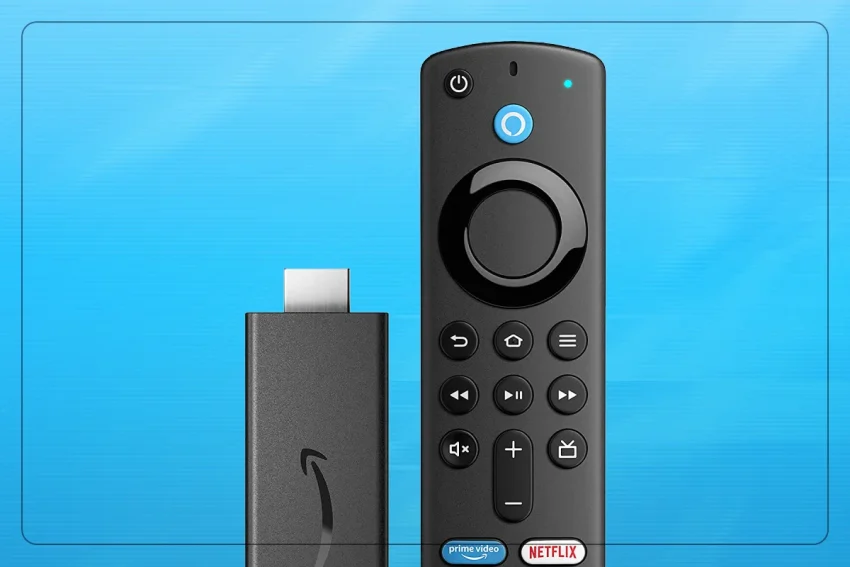In the last decade, video streaming has revolutionized the way we consume entertainment. Gone are the days of waiting for your favorite show to air on television or renting a movie from the store. Today, everything we want to watch is available at our fingertips, thanks to video streaming services. This shift isn’t just a trend; it’s a fundamental change in how we interact with media. Let’s explore why video streaming is taking over and what the future holds for this rapidly growing industry.
The Rise of Video Streaming
Video streaming platforms like Netflix, Hulu, and Amazon Prime have changed the entertainment landscape by offering a vast library of content that can be accessed anytime, anywhere. The convenience of being able to watch what you want, when you want, without the constraints of traditional broadcasting schedules, has made streaming services incredibly popular.
The global pandemic further accelerated this shift, with more people turning to streaming services for entertainment during lockdowns. As a result, the number of subscribers to these platforms skyrocketed, solidifying streaming as the new norm for content consumption.
What Makes Streaming So Appealing?
- On-Demand Content: One of the biggest advantages of video streaming is the ability to watch content on demand. Whether it’s the latest blockbuster, a critically acclaimed TV series, or a documentary, streaming platforms offer a wide range of options that can be accessed instantly.
- Diverse Content Libraries: Streaming services host an array of content, from Hollywood movies to indie films, international shows, and niche genres. This diversity ensures that there’s something for everyone, catering to varied tastes and preferences.
- Cost-Effectiveness: Subscribing to a streaming service is often more affordable than a traditional cable TV package. With various pricing tiers and the ability to share accounts with family members, streaming platforms offer great value for money.
- Ad-Free Experience: Many streaming platforms provide ad-free viewing options, enhancing the overall user experience. This is a significant draw for viewers who prefer uninterrupted content consumption.
- Original Content: To stay competitive, streaming platforms have started producing original content. Shows like “Stranger Things,” “The Mandalorian,” and “The Crown” are exclusive to their respective platforms, drawing in subscribers eager to watch these unique offerings.
The Future of Video Streaming
As technology continues to advance, so too will the capabilities of video streaming platforms. Here are a few trends that could shape the future of streaming:
- Interactive Content: Interactive shows and movies, where viewers can choose how the story unfolds, are gaining traction. This format offers a more immersive experience and could become a standard feature on streaming platforms.
- Personalization: With AI and machine learning, streaming services are becoming better at understanding viewer preferences. This will lead to even more personalized content recommendations, ensuring that viewers always have something they’ll enjoy.
- Global Expansion: As streaming platforms continue to expand globally, we can expect to see more diverse content from different cultures. This will not only broaden viewers’ horizons but also give a platform to stories that might not have been told otherwise.
- Improved Accessibility: As more people turn to streaming, there will be a greater focus on making content accessible to everyone. This includes better subtitles, dubbing options, and features for viewers with disabilities.
- Integration with Other Technologies: The future of streaming might also involve integration with virtual reality (VR) and augmented reality (AR), creating new ways for viewers to experience content.
